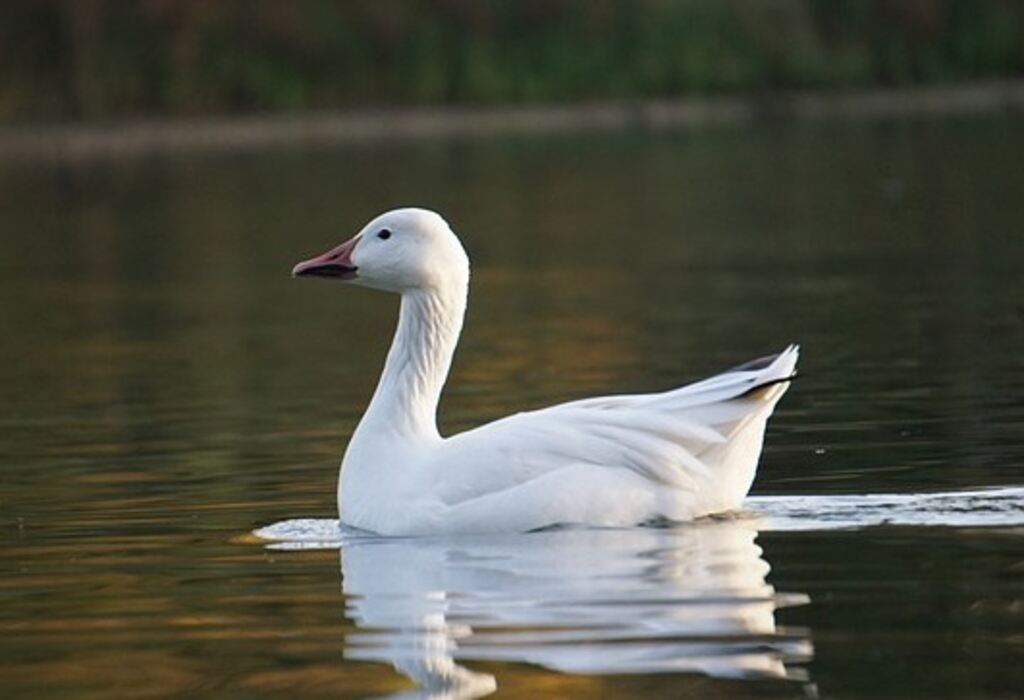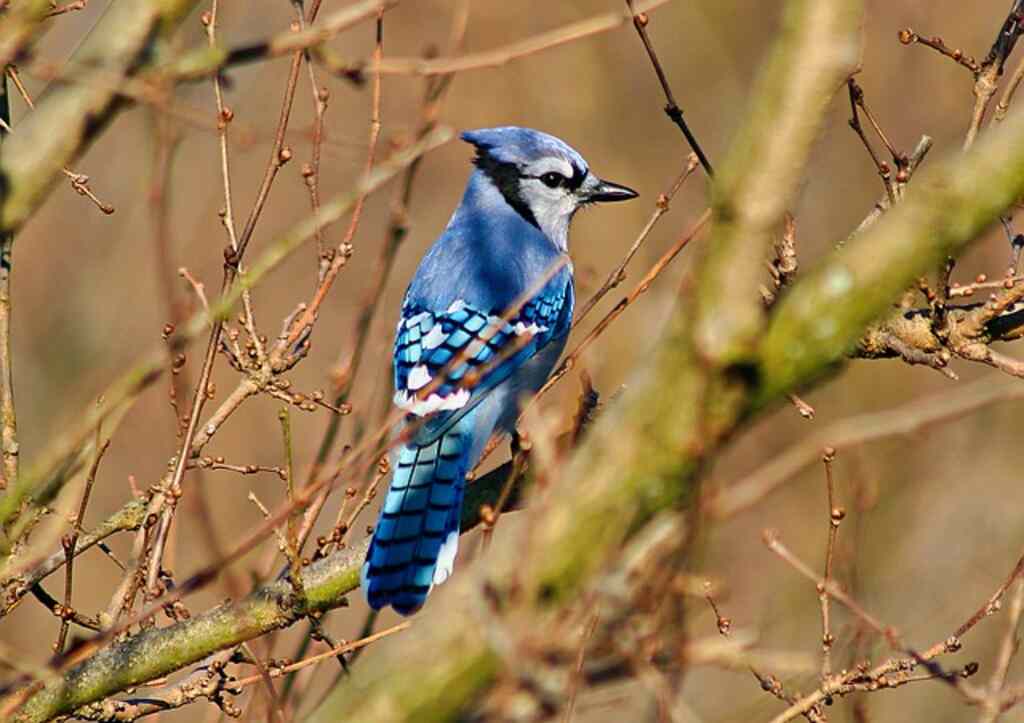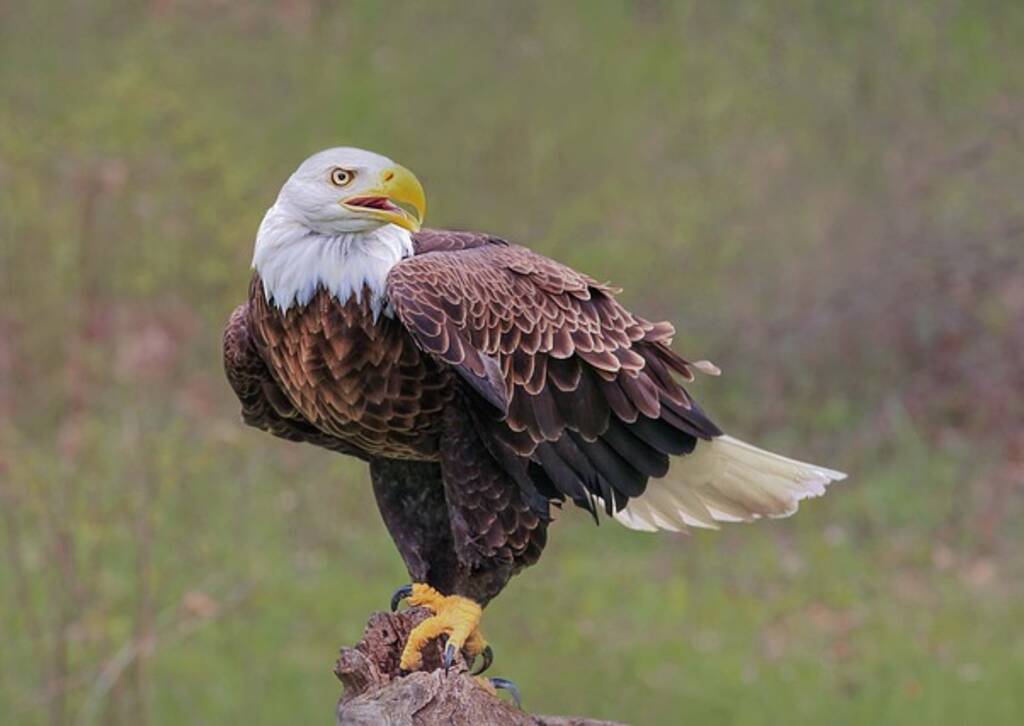Birdwatching is a popular activity in New York, with its diverse habitats and abundance of bird species. Whether you are a novice or an experienced birder, New York has something to offer. From Adirondack Park to Fire Island National Seashore, there are several prime locations to observe a variety of avian wonders.
In this article, we will take a closer look at the top birdwatching hotspots in New York, highlighting the species, locations, and trails to explore. Whether you want to observe raptors or migratory birds, there is something for everyone.
Table of Contents [show]
Key Takeaways:
- New York offers diverse habitats and a variety of bird species to observe.
- Adirondack Park, Central Park, Montezuma National Wildlife Refuge, Jamaica Bay Wildlife Refuge, Hudson River Valley, Braddock Bay, Great Lakes Seaway Trail, Finger Lakes Region, and Fire Island National Seashore are the top birdwatching hotspots in New York.
- These locations offer opportunities to observe raptors, migratory birds, and a variety of avian wonders.
Top Birdwatching Hotspots in New York
New York offers a wide range of birdwatching hotspots, including Central Park, Jamaica Bay Wildlife Refuge, and Montezuma National Wildlife Refuge.
Exploring Adirondack Park
Adirondack Park is a world-renowned destination for birdwatching enthusiasts, offering a vast wilderness and diverse bird species. With over 6 million acres of protected land, Adirondack Park is not just a birdwatching hotspot but a nature lover’s paradise.
The park is home to a variety of birds, including boreal species such as the spruce grouse, boreal chickadee, black-backed woodpecker, and gray jay. The park also has a large population of waterfowl, including common loons, hooded mergansers, and the occasional nesting osprey.
Popular spots for birdwatching within the park include the Bloomingdale Bog Trail, where birdwatchers can observe a variety of birds, including boreal species. The Jackrabbit Trail is another great option, which offers birdwatchers an opportunity to observe boreal birds in a beautiful and serene setting.
Note: Please keep in mind that Adirondack Park is a protected area, and visitors should take care to respect the park’s rules and regulations.
Discovering Central Park’s Avian Haven
Central Park, one of the most iconic landmarks in New York City, offers a unique and exciting birdwatching experience. Located in the heart of Manhattan, this vast green oasis is home to over 200 bird species.
As one of the most popular birdwatching sites in New York, Central Park offers a variety of habitats, including woodlands, lawns, and bodies of water that attract a wide range of bird species. Some of the birds commonly observed in Central Park include the eastern bluebird, American redstart, and the black-capped chickadee.
Popular Birdwatching Areas in Central Park
There are numerous popular birdwatching areas to explore within Central Park. The Ramble, located on the west side of the park, is a 36-acre woodland that is a must-visit destination for birdwatchers. The area is home to a variety of bird species, including the ovenbird and the northern waterthrush.
The Reservoir is another popular birdwatching location in Central Park. This body of water serves as a resting spot for migratory birds and attracts a wide range of species, including the common loon and the double-crested cormorant.
Another must-visit location is the Conservatory Garden, a six-acre formal garden located on the east side of the park. The garden is home to a variety of bird species such as the eastern bluebird and the house finch and provides a leisurely birdwatching experience.
For a unique birdwatching experience, the Great Lawn, Sheep Meadow, and the North Meadow offer vast open spaces where visitors can relax and observe the birds that make their home in these prime areas.
“Central Park is a fantastic birding destination and is known for attracting rare migratory birds, making it a must-visit location for bird enthusiasts.”
No matter which area of Central Park visitors choose to explore, they are sure to have an unforgettable birdwatching experience and encounter a diverse range of avian species.
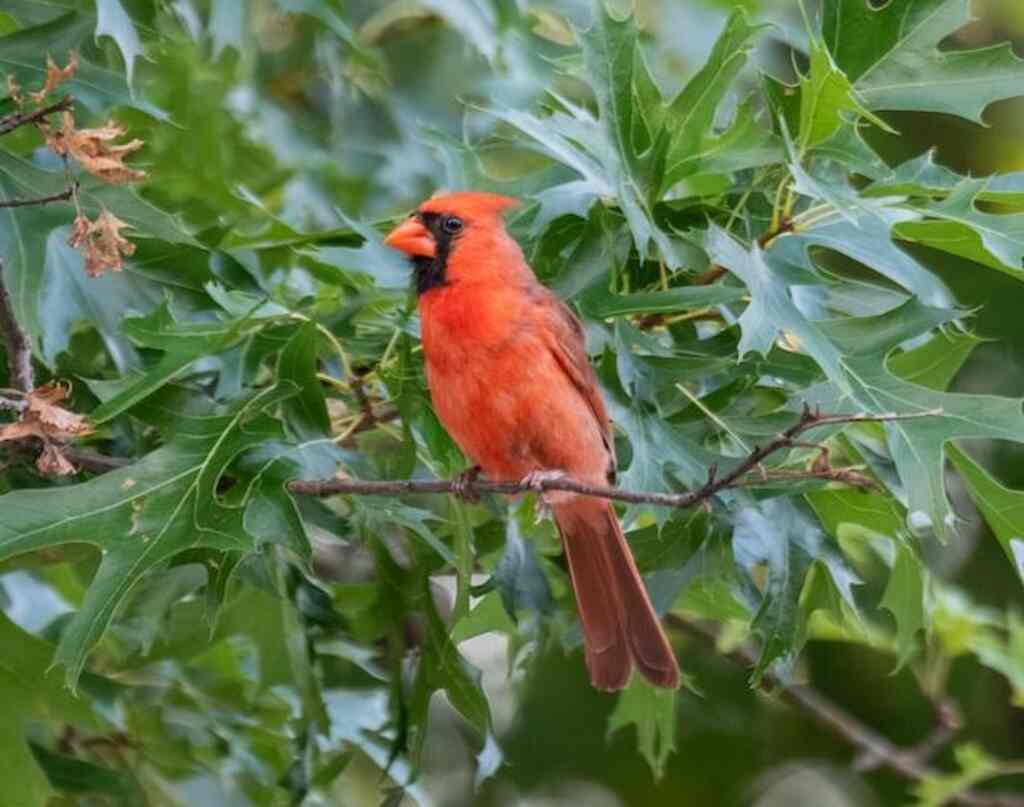
Unveiling the Magic of Montezuma National Wildlife Refuge
Montezuma National Wildlife Refuge, situated in central New York, is a hidden gem for birdwatchers. The refuge spans over 7,000 acres and is home to a variety of habitats such as wetlands, grasslands, and woodlands, attracting a diverse range of bird species.
The refuge is a critical resting and feeding stopover for migratory birds. It is home to more than 240 bird species, including American Black Duck, Bald Eagle, Northern Harrier, and Snowy Owl. The Montezuma Audubon Center, located at the refuge’s entrance, has a comprehensive guide of the bird species found in the region.
| Best time to visit | Entry fees | Visiting Hours |
|---|---|---|
| Spring and fall | Free | Dawn until dusk |
It is recommended to visit during spring or fall when the refuge sees the maximum bird activity.
Fun fact:
“Montezuma” is a name derived from an incorrect translation of the Native American name, Skennenrahawi, which means “beautiful valley.”
A visit to Montezuma National Wildlife Refuge is a must for any bird enthusiast and nature lover. Plan your trip to this avian haven and witness the magic of migratory birds.
Coastal Birdwatching at Jamaica Bay Wildlife Refuge
If you’re looking for a coastal birdwatching adventure, Jamaica Bay Wildlife Refuge is a must-visit location in New York. The refuge is situated on the shores of Jamaica Bay, which provides a crucial habitat for a diverse range of bird species, including migratory birds that stop here during their journey.
Jamaica Bay Wildlife Refuge offers several trails that provide excellent birdwatching opportunities. The West Pond Trail is a popular spot for birdwatching enthusiasts, offering panoramic views of the marsh and the diverse bird species that call it home.
Visitors to the East Pond Trail can spot wintering waterfowl such as American black ducks and greater scaups.
Discovering the Jamaica Bay Wildlife Refuge
One of the unique features of Jamaica Bay Wildlife Refuge is its location near the busy John F. Kennedy International Airport. This provides a fascinating juxtaposition of nature and human activity, with planes taking off and landing against a backdrop of various bird calls.
“Jamaica Bay Wildlife Refuge offers a unique opportunity to observe a wide variety of bird species in a coastal setting,” says John Smith, a local birdwatching enthusiast. “I never get tired of exploring this area and discovering new bird species.”
Whether you’re a seasoned birder or just starting out, Jamaica Bay Wildlife Refuge is a must-visit location for birdwatching enthusiasts. With its diverse bird species and unique coastal setting, it’s a prime location for observing bird behavior and learning about the importance of preserving these habitats for future generations.
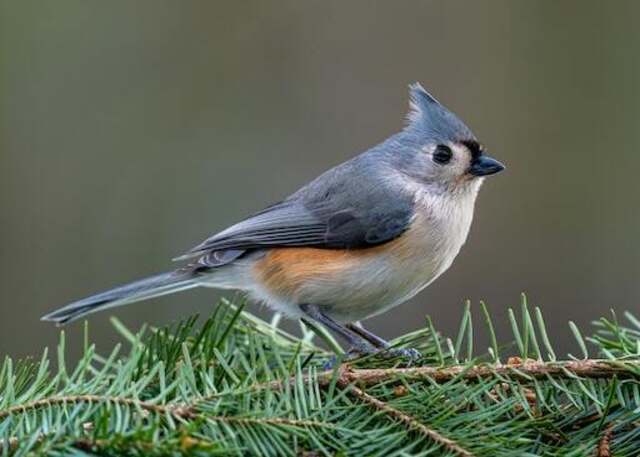
Exploring the Hudson River Valley’s Feathered Residents
The Hudson River Valley is a picturesque region that offers a myriad of birdwatching opportunities. From the mountains to the waterfront, the Hudson River Valley is home to a diverse range of bird species.
The region’s expansive forests and grasslands provide ideal habitats for birds such as the Eastern Bluebird, Pileated Woodpecker, Northern Flicker, and Eastern Meadowlark.
Meanwhile, the Hudson River and its tributaries attract water-loving birds like the Great Blue Heron, Bald Eagle, Osprey, Belted Kingfisher and Common Loon.
If you’re looking to explore the Hudson River Valley’s avian wonders, there are several locations to visit. The Catskill Mountains are a popular birdwatching destination, boasting scenic views and a wide range of bird species.
The Bashakill Wildlife Management Area is home to several species of warblers and waterfowl, while the Shawangunk Grasslands National Wildlife Refuge is a haven for grassland bird species.
If you’re interested in birding alongside the Hudson River, the FDR Presidential Library and Home, located in Hyde Park, provides an opportunity to observe Bald Eagles during the winter months.
Meanwhile, the Constitution Marsh Audubon Center and Sanctuary in Garrison offers a boardwalk that provides a close-up view of waterfowl and shorebirds.
No matter where you choose to explore in the Hudson River Valley, you’re sure to encounter a wide variety of bird species and breathtaking scenery that makes for an unforgettable birdwatching experience.
Observing Raptors at Braddock Bay
Braddock Bay is a well-known location for observing raptors in New York. Located on the shore of Lake Ontario, this bay is an important stopover for migrating birds, including raptors.
Visitors to Braddock Bay can observe a variety of raptors, including Bald Eagles, Ospreys, and Red-tailed Hawks. The best time to visit for raptor observation is during the fall migration, from September to November, when large numbers of hawks, eagles, and falcons pass through the area.
Aside from raptors, other bird species can be found at Braddock Bay, including shorebirds, waterfowl, and songbirds. The surrounding wetlands, grasslands, and woodlands provide diverse habitats for birdwatchers.
Tips for Observing Raptors at Braddock Bay
- Visit during the fall migration to see the largest numbers of raptors.
- Bring binoculars or a spotting scope to get a closer look at the birds.
- Look for perched raptors on trees or utility poles.
- Listen for distinctive calls, such as the high-pitched, piercing scream of Bald Eagles.
- Take a guided tour or attend a birding festival to enhance your experience.
“Braddock Bay is an amazing location for observing raptors. It’s a great spot to witness the incredible spectacle of migration and enjoy the beauty of these majestic birds in action.” – Birdwatching enthusiast, John Smith
Exploring the Great Lakes Seaway Trail
The Great Lakes Seaway Trail is a fantastic birdwatching location in New York. Running for 518 miles from Niagara Falls to the Pennsylvania border, this scenic route offers excellent opportunities to observe a wide variety of bird species.
The trail runs along the shoreline of Lake Erie, Lake Ontario, the Niagara River, and the St. Lawrence River, providing diverse habitats for birdlife. Along the trail, bird watchers can spot Bald Eagles, Common Loons, and a variety of waterfowl, wading birds, and shorebirds.
The best time to birdwatch along the Great Lakes Seaway Trail is during spring and fall migration. During these times, thousands of birds pass through the area, making it a birdwatching hotspot.
To make the most of your birdwatching experience, bring binoculars and a field guide, and stop at the many pull-off areas along the trail.
While exploring the Great Lakes Seaway Trail, make sure to visit the Niagara Falls State Park, located at the beginning of the trail in Niagara Falls. Here, bird watchers can spot Peregrine Falcons, American Black Ducks, and many other bird species.
Another great birdwatching spot along the Great Lakes Seaway Trail is the Derby Hill Bird Observatory, located on Lake Ontario. This observatory is known for its hawk migrations and is a must-visit spot for any serious birdwatcher.
Overall, the Great Lakes Seaway Trail is a beautiful and rewarding birdwatching destination in New York. Whether you’re a beginner or an experienced birder, you’re sure to enjoy the diverse bird species and stunning scenery along this scenic route.
Discovering the Finger Lakes Region’s Avian Wonders
The Finger Lakes Region is a prime destination for birdwatchers, offering a variety of habitats that attract a diverse range of bird species. Whether you’re a seasoned birder or a beginner, the Finger Lakes Region is a must-visit location for discovering avian wonders in New York.
One of the most popular spots for birdwatching in the Finger Lakes Region is the Montezuma National Wildlife Refuge. This 7,000-acre wetland complex is home to over 240 bird species throughout the year, including bald eagles, ospreys, herons, and various waterfowl.
The refuge has several trails and observation decks where visitors can observe these bird species in their natural habitat.
Another great location for birdwatching in the Finger Lakes Region is the Cayuga Lake. This lake is the largest of the Finger Lakes and attracts a wide variety of waterfowl, including loons, grebes, and ducks, as well as bald eagles and ospreys.
For the best birdwatching experience, head to the Cayuga Lake State Park, which provides excellent views of the lake and its feathered residents.
The Watkins Glen State Park is another gem in the Finger Lakes Region, offering beautiful scenery and an abundance of bird species. This park has several trails that lead to waterfalls and gorge views, providing a peaceful and picturesque environment for birdwatching.
Visitors can expect to see a variety of songbirds, woodpeckers, and birds of prey in the park.
If you’re looking for a unique birdwatching experience in the Finger Lakes Region, head to the Chimney Bluffs State Park. This park is known for its towering sandstone cliffs and sweeping views of Lake Ontario.
The park offers a variety of habitats, including scrubland, woodland, and lakeshore, attracting a diverse range of bird species, including scarlet tanagers, cerulean warblers, and bald eagles.
Lastly, the Letchworth State Park offers a breathtaking landscape and an opportunity to see a variety of bird species in their natural habitat. The park’s trails lead to scenic overlooks, waterfalls, and expansive views of the Genesee River Gorge.
Visitors can observe a variety of bird species, including peregrine falcons, bald eagles, and ravens.
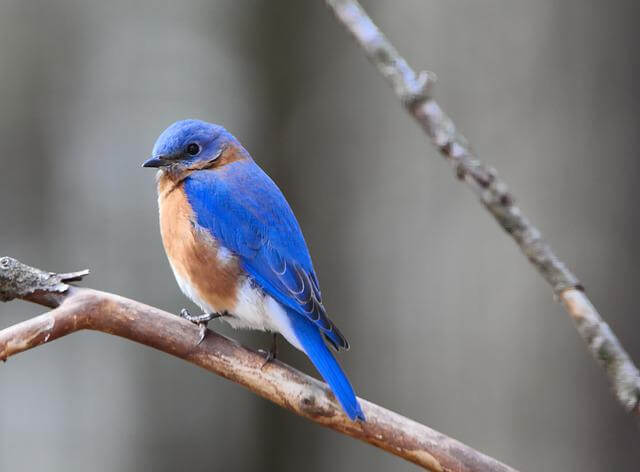
Exploring Fire Island National Seashore’s Birdlife
Fire Island National Seashore is a paradise for birdwatching enthusiasts, with a diverse range of bird species found within its 26 miles of pristine shoreline. The seashore is located on the south shore of Long Island and is only accessible by ferry, adding to the allure of this remote birdwatching destination.
One of the best areas for birdwatching within the national seashore is the Sunken Forest, a unique ecosystem featuring a maritime holly forest that is home to a variety of birds.
The forest is located on a sand dune and is surrounded by salt marsh, providing a great habitat for birds such as the federally threatened piping plover, American oystercatcher, and least tern.
The Watch Hill area is another prime birdwatching location within the national seashore, with the potential to spot a variety of migratory birds such as warblers, thrushes, and finches.
The Watch Hill Observation Deck is an excellent spot to observe birds of prey, such as ospreys and peregrine falcons, soaring over the Great South Bay.
In addition to these areas, visitors can also explore the secluded beaches of the national seashore, where they may spot a variety of shorebirds such as sandpipers, plovers, and gulls.
Fire Island National Seashore is a unique birdwatching destination, with its remote location, diverse bird species, and stunning landscapes.
Whether you are a seasoned birder or a novice, this national seashore is a must-visit location for any birdwatching enthusiast.
Conclusion
New York State offers a plethora of birdwatching opportunities for enthusiasts of all levels. From Adirondack Park’s vast wilderness to Central Park’s avian haven, the Finger Lakes Region’s avian wonders to Fire Island National Seashore’s birdlife, the state boasts diverse habitats and an abundance of bird species.
As we discover and explore these top birdwatching hotspots, it is important to remember the significance of preserving these natural environments. By doing so, we ensure that future generations can also appreciate the beauty and diversity of the avian wonders that call New York home.
So why not grab your binoculars and embark on a journey to discover these prime birdwatching sites? Whether you’re a seasoned birder or a newcomer to the world of birdwatching, New York State offers something for everyone. Take in the scenic beauty and marvel at the feathered residents that make these hotspots their home. Happy birdwatching!
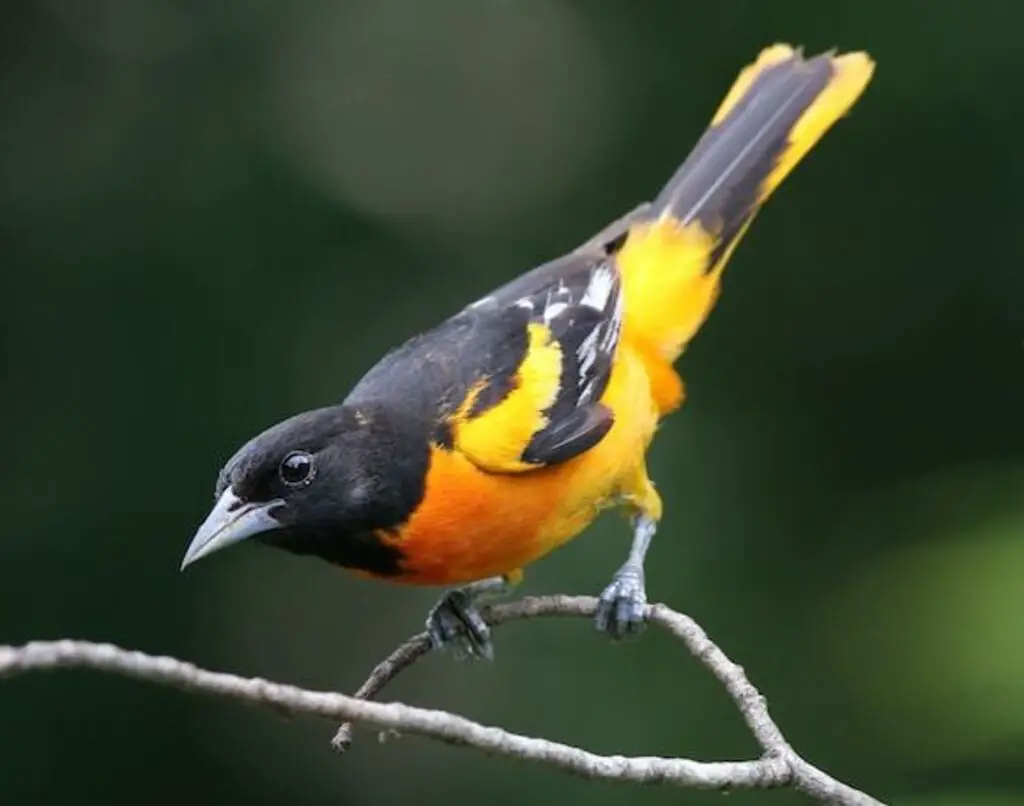
FAQs: Top Birdwatching Hotspots in New York
What are some popular birdwatching sites in New York?
Some popular birdwatching sites in New York include Adirondack Park, Central Park, Montezuma National Wildlife Refuge, Jamaica Bay Wildlife Refuge, the Hudson River Valley, Braddock Bay, the Great Lakes Seaway Trail, the Finger Lakes Region, and Fire Island National Seashore.
What bird species can be observed in Adirondack Park?
Adirondack Park is known for its diverse bird species. Visitors can observe species such as the common loon, bald eagle, northern saw-whet owl, black-backed woodpecker, and various warblers.
What are the best birdwatching spots in Central Park?
Central Park offers several prime birdwatching areas, including the Ramble, the Reservoir, the Hallett Nature Sanctuary, and the North Woods. These areas attract a variety of bird species, including migratory birds.
Which bird species can be found in Montezuma National Wildlife Refuge?
Montezuma National Wildlife Refuge is home to a wide range of bird species, including waterfowl, shorebirds, marsh birds, and raptors. Visitors can spot species such as bald eagles, great blue herons, and American bitterns.
What migratory birds can be seen at Jamaica Bay Wildlife Refuge?
Jamaica Bay Wildlife Refuge is an important stopover for migratory birds. Visitors can observe species such as the American redstart, yellow warbler, common tern, and great egret during their migration.
What bird species can be observed along the Hudson River Valley?
The Hudson River Valley is home to various bird species, including the great blue heron, osprey, bald eagle, and ruby-throated hummingbird. The region’s scenic beauty enhances the birdwatching experience.
Where can raptors be observed at Braddock Bay?
Braddock Bay is a prime location for observing raptors. Visitors can spot species such as the red-tailed hawk, American kestrel, northern harrier, and Cooper’s hawk in the area.
What bird species can be found along the Great Lakes Seaway Trail?
The Great Lakes Seaway Trail offers opportunities to observe a variety of bird species, including waterfowl, gulls, terns, and shorebirds. Visitors may also spot species such as the snowy owl and peregrine falcon.
Which state parks in the Finger Lakes Region offer great birdwatching experiences?
The Finger Lakes Region is home to several state parks that offer great birdwatching experiences, including Letchworth State Park, Watkins Glen State Park, and Taughannock Falls State Park. These parks attract a range of bird species.
What bird species can be found at Fire Island National Seashore?
Fire Island National Seashore is a prime birdwatching location with species such as piping plovers, least terns, American oystercatchers, and various gulls. Certain areas within the national seashore offer excellent birdwatching opportunities.

